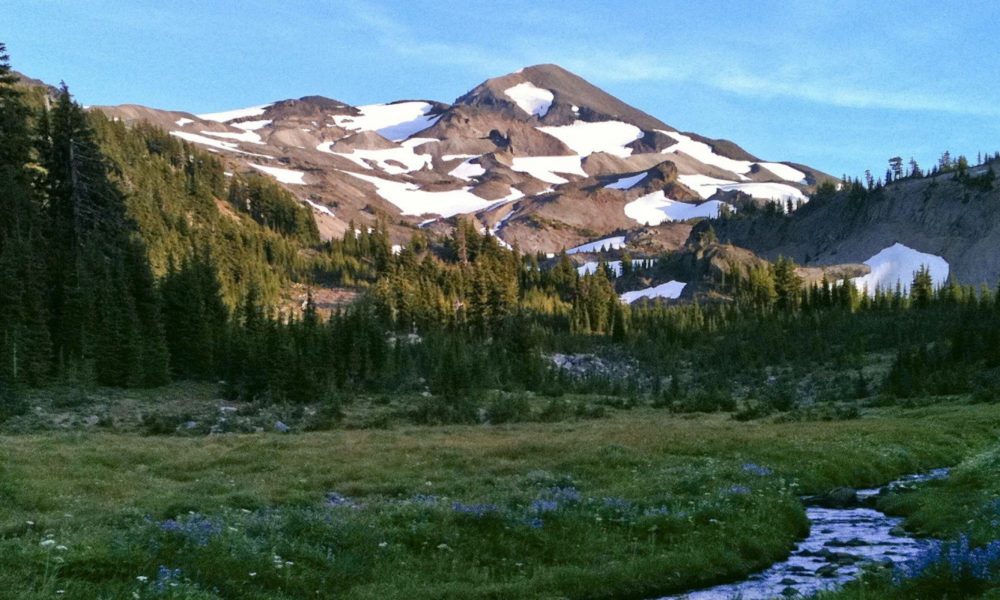Well, here we are well into the third week of National Preparedness Month. What have you done to make yourself and family more prepared? Nothing, why not? Who is going to get you prepared? Do you think you will just magically be able to deal with whatever crises are presented to you? Do you believe the government will save you?
A disaster is defined as an incident where the needs of those affected exceed the available resources!
Read that again! There is a common phrase used by people that live outside of the urban/suburban areas where response times by emergency services is easily in excess of 30, usually 60 minutes. It is YOYO, (You’re On Your Own), this is how it will be should a disaster strike. The resources provided by the Federal, State and Local governments will be stretched beyond their capacity. It is a simple truth, by definition.
It is advisable and important for each of us as responsible citizens to do our best to have at least the basic supplies needed to endure through a crisis or disaster. We not only owe it to ourselves and family but our community as well. By getting ourselves prepared we make ourselves an asset to all those around us. It is similar to the safety briefing on a plane. When the oxygen masks come down, put yours on first, only then are you prepared to assist others.
Do you want to be an asset or a liability?
Now, I don’t want you to feel like you need to be an over the top prepper unless you want to be. All I am asking is that you take a few minutes and dollars and put together a few things for just in case.

Here is a good start on a Grab and Go bag. It takes very little time or resources to put one together. You can get the backpacks at a resale shop, the clothes you already have. You can use last years clothing if it is out of style you won’t care when you are warm and dry. Put that pair of shoes you just replaced because they were just too dirty in a plastic bag and stow them in your vehicle. There is literally very little excuse not to at least put something together, something is better than nothing. Remember to include feel good items, like toilet paper, fresh underwear, a clean shirt, and clean socks. Make a bag for each member of your family. If you have children have them help!
Most important of all, just start doing something!
Every journey starts with the first step, without it we will never go anywhere. So stop putting it off. Get up off your couch, go to the thrift store. Take your list with you to the dollar store. Just start moving towards being an asset to yourself, your family, and your community.
We offer classes on most subjects related to urban safety and survival.
 If you are interested in contributing to the welfare of your fellow citizens during a disaster, consider joining your local CERT organization. They will provide you with training for free, all you have to do is show up!
If you are interested in contributing to the welfare of your fellow citizens during a disaster, consider joining your local CERT organization. They will provide you with training for free, all you have to do is show up!
As Always,
Stay Vigilant and Be Prepared





 If you are interested in contributing to the welfare of your fellow citizens during a disaster, consider joining your local
If you are interested in contributing to the welfare of your fellow citizens during a disaster, consider joining your local 















You must be logged in to post a comment.